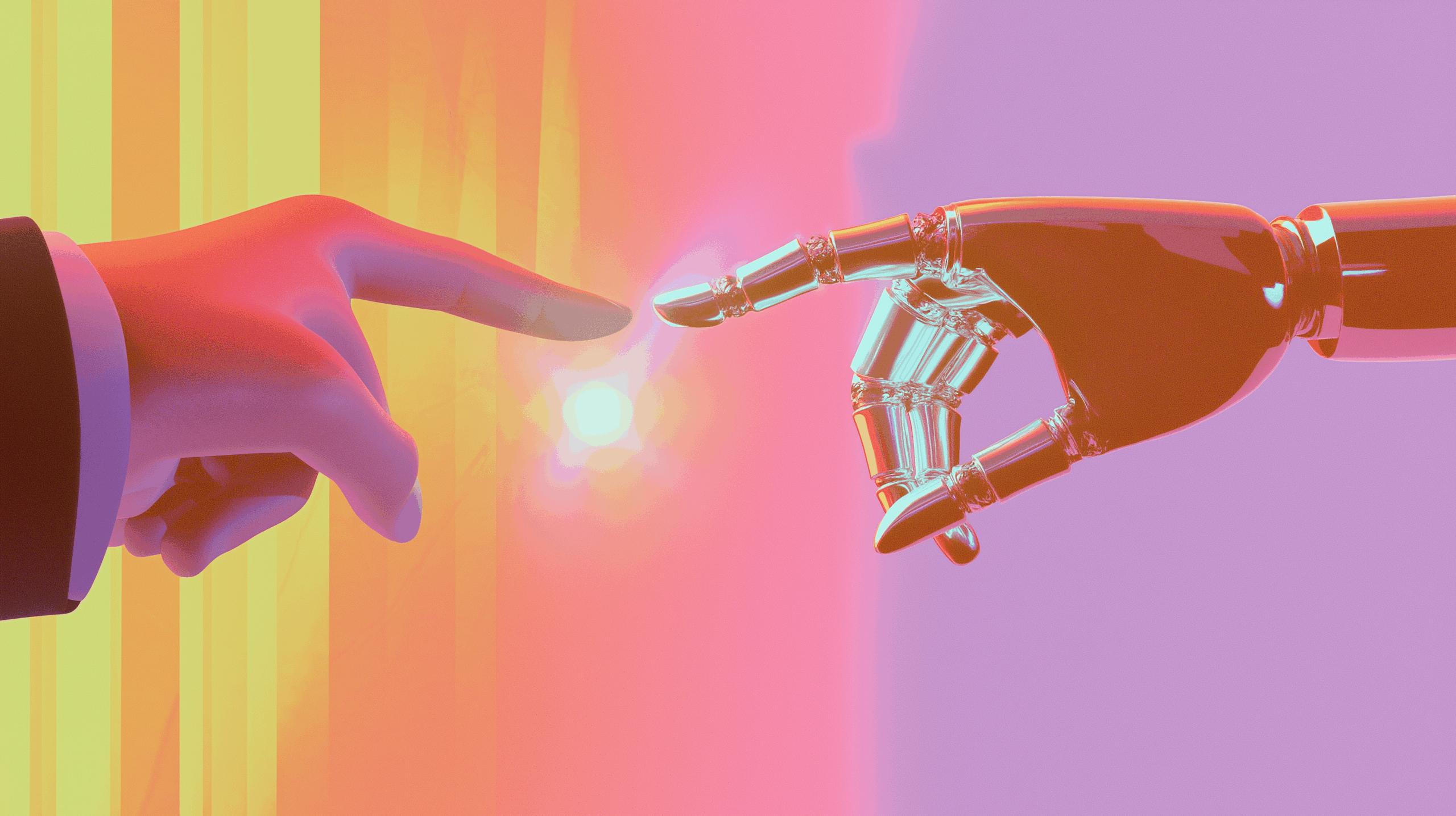Top 10 use cases of supply chain automation: How AI is enhancing efficiency
It’s not that supply chains have been super simple before. But they’ve definitely gotten more complex than ever. We’re no longer talking about simple A-to-B delivery routes or straightforward procurement processes. It’s now a fast-moving, global game with countless players, shifting demands, and constant disruptions. Which is why it’s almost impossible to manage supply chains these days without automation.
So, let’s take a closer look at the top 10 supply chain automation use cases, many already used by Zingflow customers, and opening up new possibilities we couldn’t have imagined a few years ago.
1. Automated supplier selection and evaluation
Remember when procurement teams had to manually sift through endless supplier lists, spreadsheets, and compliance docs? (Or, maybe your team still does that?) Supply chain automation using AI can take that headache away really quickly.
Procurement AI agents can scan supplier data, past performance, pricing trends, and even sustainability metrics to help you pick the best vendors automatically. This usually saves hours of manual work. And it also helps companies avoid costly mistakes, like sticking with an underperforming supplier simply because “we’ve always used them.” (Know that from somewhere?)
2. Smarter demand forecasting
Guesswork has no place in today’s supply chain (has it ever?) With AI, you can analyze historical sales data, and some advanced tools will also crunch numbers related to market trends, weather patterns, and even social signals to predict what’s coming next.
This kind of insight is invaluable for adjusting procurement, production, and inventory strategies before things go sideways. It’s one of the most powerful supply chain automation use cases because it turns you from reactive to proactive.
3. Smart contract management
No one likes reading contracts line by line, hunting for red flags or deadlines. And making sure you catch every significant detail usually means – you guessed it – long waiting times and approval bottlenecks that we probably all know all too well.
AI makes this easier by automatically reviewing contract terms, flagging risky clauses, and nitpicking for compliance. With procurement AI agents managing contracts, you can speed up negotiations, reduce legal risks, and avoid fines or breaches, all without needing an army of legal staff.
4. Real-time risk monitoring
Don’t get us started about the “times we live in”. Supply chains face constant risks: natural disasters, political shifts, supplier bankruptcies, or even sudden regulatory changes (that, by the way, will also increasingly involve AI as supply chain automation tools keep growing and getting more advanced).
AI agents can monitor news feeds, supplier data, and geopolitical trends in real time, alerting your team when something’s about to impact your operations. Giving you the chance to pivot early, like finding alternative suppliers or rerouting shipments, before problems snowball.
5. Automated purchase order processing
Manual PO handling is one of those areas where human involvement often slows things down. AI systems can automatically generate, approve, and match purchase orders against invoices and delivery records.
This is one of the supply chain automation use cases where companies see immediate wins: fewer delays, fewer errors, and a lot more time for procurement teams to focus on strategy instead of paperwork.
6. Streamlined supplier communication
Chasing down order confirmations, following up on shipments, clarifying terms – supplier communication can eat up a surprising amount of time.
But! Procurement AI agents can automate these back-and-forth interactions, sending reminders, logging updates, and even handling simple negotiations.
The result? Smoother communication, stronger supplier relationships, and fewer missed details.
7. Enhanced inventory management
AI doesn’t just help with what you buy. It also helps with where you store it. Advanced warehouse management systems use AI to optimize inventory placement, track stock levels, and predict replenishment needs.
All this to reduce overstocking, minimize waste, and make sure the right products are always in the right place, ready to go when needed.
8. RFP automation
Handling Requests for Proposals (and RFXs in general) is another tedious task people, well, let’s say, don’t love. Drafting them, sending them out, reviewing responses, comparing offers… It’s all highly manual, and it’s been done manually for decades, stalling projects and entire businesses.
AI can automate huge parts of this process, from generating RFP templates to evaluating incoming bids. This speeds up supplier selection and ensures you’re always picking the best-fit partners, not just the ones who got their proposal in first.
9. Predictive maintenance and logistics optimization
Beyond procurement, supply chain automation use cases extend into logistics and operations. AI can analyze equipment performance data to predict when maintenance is needed, preventing unexpected breakdowns that cause costly delays.
On the logistics side, AI optimizes delivery routes, shipment schedules, and fleet management, reducing fuel costs, speeding up delivery, and improving overall efficiency.
10. Continuous improvement and insights
Here’s where things get really exciting: AI doesn’t just automate tasks; it helps you improve over time (as it improves its own performance).
By analyzing procurement and supply chain data, AI agents can spot trends, uncover bottlenecks, and suggest process improvements or cost-saving opportunities. You get a steady stream of actionable insights that help you make smarter decisions and stay ahead of competitors.
Why you should pay attention
What ties all these supply chain automation use cases together is the shift from manual, error-prone processes to intelligent, data-driven systems.
With tools like procurement AI agents, businesses gain efficiency, but also adaptability. In a world where supply chains can be disrupted overnight, that adaptability is a massive advantage.
And at Zingflow, we’re excited to see how companies are applying these AI capabilities in real life, whether it’s through automating routine procurement tasks, optimizing warehouse operations, or transforming supplier relationships.
Ready to explore supply chain automation?
If you’re curious about how these supply chain automation use cases could help your business, we’re here to help. Our AI-powered procurement software is designed to fit seamlessly into your existing workflows, giving you the tools you need to compete.
So, let’s chat?







